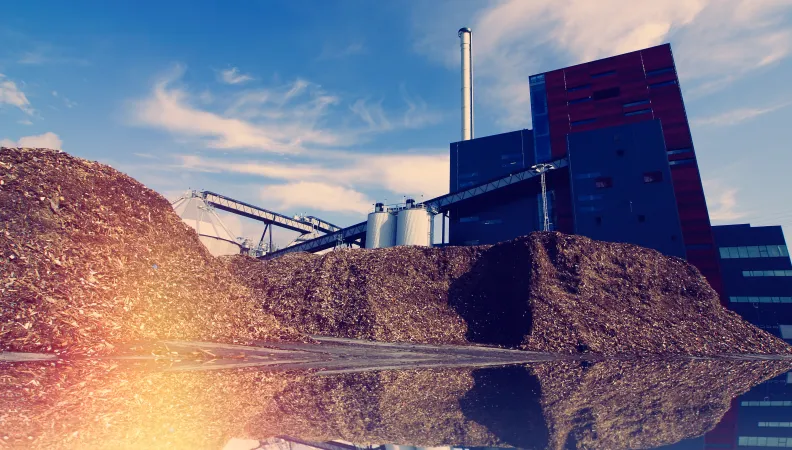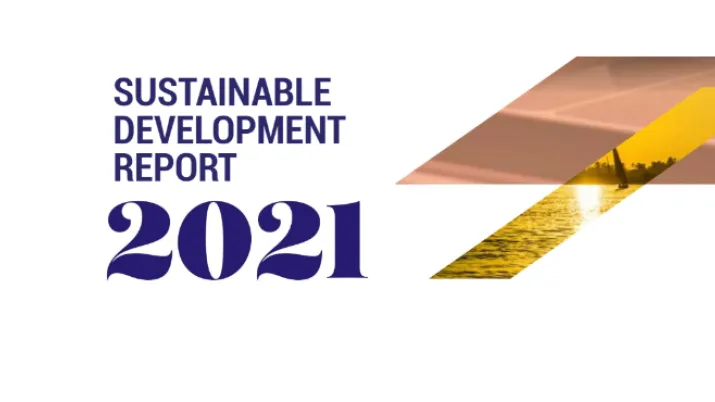Share the page
Sub-Saharan Africa: towards a low-carbon economy
Published on

Renewable energies hold a specific place within the mission and actions supported by Proparco all over the world. Since 2000, Proparco has financed 125 energy projects in developing countries representing 3.3 Bn€ in financings and 12.9 GW in installed capacity spanning all technologies (solar, wind, biomass, hydroelectric). Our priorities are: develop a low-carbon economy, favour universal access to energy and contribute to sustainable development within the countries we operate in. Joint interview with Fatoumata Sissoko-Sy, Regional Director West Africa for Proparco, and Raphaël Ruat, Managing Director of Biovea Energie.
|
|
|
- Could you talk us through the challenges linked to developing renewable energies in Sub-Saharan Africa?
Fatoumata Sissoko-Sy: Access to energy is a catalyser for development, yet it is remains limited in Sub-Saharan Africa where more than two thirds of the rural population do not have access to electricity. The crisis linked to the Covid-19 pandemic has served to remind us of how crucial energy is to all sectors of activity, e.g: for healthcare, the continuity of education or work from home. Fossil fuels continue to dominate the energy mix in Sub-Saharan Africa, which worsens climate change and intensifies a population’s vulnerability to price fluctuations, despite the fact that the region has an abundant supply of renewable energy resources which could make energy affordable, reliable and sustainable. This is why we are mobilised to accompany renewable energy projects and energy efficient ones.
- What results have been achieved in the region for 2021?
Fatoumata Sissoko-Sy: Having accompanied the first solar plants in Senegal a few years ago, 2021 has been an exceptional year in the West Africa zone, notably with four new climate financings signed for a total 171 M€ in climate co-benefits. Among these financings, three are for renewable energy infrastructures that will produce almost 420 GWh of electricity per year and result in avoiding 22,000 tCO2eq each year:
• In Burkina Faso, a solar plant will provide access to electricity to almost 300,000 people within 5 years, while contributing directly to the country’s low-carbon trajectory as well as the Government’s objective to increase the share of renewable energies in the energy mix.
• In Burkina Faso, in the Ivory Coast, in Niger and in Cameroon, a project to install hybrid electric systems will lead to reducing telecom tower dependency on fossil fuels for power generators or unreliable networks by using renewable energies.
• And in the Ivory Coast, the BIOVEA project for the first biomass plant in the Ivory Coast and the biggest in West Africa.
- Proparco is accompanying you in the financing of the first African biomass plant injecting power into the national power grid, can you tell us more about this flagship project and the added value Proparco is bringing?
Raphaël Ruat: The BIOVEA project comprises designing, financing, building and operating an electricity producing plant using biomass, based in Ayebo, close to Aboisso, in south-eastern Ivory Coast. It is undertaken by EDF, Meridiam and SIFCA, the local agrobusiness group. With an installed 46 MW of power, it will be the biggest biomass power plant in West Africa. It is a circular economy project which uses biowaste from the agribusiness (of oil palm leaf stalks - petioles) and aims to plough back combustion ashes into the plantations using it at fertilizer. The project has been set up with a BOOT-type contract with the Ivory Coast State Government and has a 25-year operating agreement which began following signature last December. As a key partner to the Ivory Coast State and to SIFCA, the local agribusiness, Proparco has enabled the BIOVEA project to benefit from excellent financing conditions by providing 135 M€ in debt and 5 M€ in subsidies for a global budget of 232 M€ and, as such, supply renewable energy at an affordable price to the Ivory Coast that is targeting 42% REN in its energy mix by 2030.
- How far advanced is the project and what are the expected impacts?
Raphaël Ruat: The project documentation (building, operating and biomass supply contracts) and the financing documentation were signed in 2021. Work on the energy evacuation station began on site at the beginning of 2022. The power station will be put into operation in summer 2025, after around 3 years of construction. It’s a project set to have a high economic and social impact: the power station, the first in Africa to produce renewable energy from biomass and inject it into the electricity grid, will be fed by 450,000 tonnes oil palm waste, 70% of which will be supplied by small local planters. As well as enabling 1.2 million people to benefit from an improved electricity service, support 47,000 jobs in the next 5 years and generate 1.8 M€ in additional revenue per year for small planters, the project means around 171,000 tCO2eq per year will be avoided throughout the lifespan of the project, contributing to the low-carbon trajectory of the country as well as the Ivory Coast Government’s aim to increase the share of renewable energies in the electric mix to 42% by 2030.
- Will it be possible to replicate this project and why do so?
Raphaël Ruat: The BIOVEA project can be duplicated in the Ivory Coast and in other countries from the subregion with sufficient biomass resources. In West Africa, the palette of biomass resources also includes the largely available cocoa pods, anacardium/cashew nut shells and cotton stalks. Effectively, Ivory Coast disposes of a significant reservoir of residue from oil palm plantations, traditionally cultivated in the country. Furthermore, the size of the project (46 MW) enables a limited injection of power into the network without needing to reinforce it.
- What is the outlook for the Ivory Coast, for the African continent?
Raphaël Ruat: Beyond biomass stations like BIOVEA and any replications in the subregion and, more globally, in Africa, BIOVEA Energie shareholders such as EDF and Meridiam who are present in fifteen or so African countries, place their activity in a logic that embraces long-term partnerships to develop low-carbon projects, building on the strengths of local economies in partnership with solid local actors, like SIFCA for the BIOVEA project and solid financial partners, well-known and reputed like Proparco. For example, in the Ivory Coast, studies are underway for solar farms and hydroelectric dams.
Fatoumata Sissoko-Sy: AFD group has been involved for many years now in accompanying the low-carbon trajectory of the Republic of the Ivory Coast and the west African sub region. This project is the living proof of this, and we will continue to support other projects that are in line with this positive trajectory in the Ivory Coast as well as in other African countries.
Further reading
2021 Sustainable Development Report has just been published. Some explanations from Pierre Forestier, Director...
Pierre Forestier, Director Sustainable Devlopment, tells us about it
Published on june 23 2022

